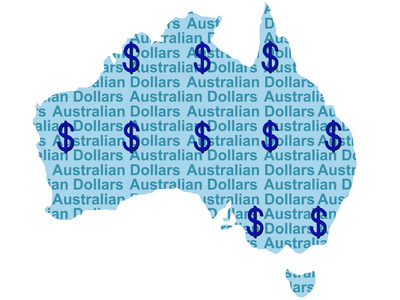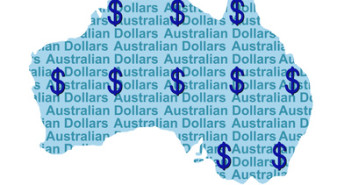Australia’s central bank faces a tough dilemma as it needs to tackle rising inflation on the background of a soaring currency. Here’s a preview for the Australian rate decision.
The Reserve Bank of Australia will release the new interest rate on Tuesday, May 3rd, at 4:30 GMT. There is a wide market consensus that Glenn Stevens and his colleagues will leave the interest rate unchanged at 4.75%, once again.
Earlier this year, statements that followed the rate decisions and speeches hinted that a rate cut cannot be ruled out during 2011. These dovish thoughts came due to the success of previous rate hikes: the housing sector cooled down. Prices of homes dropped, and so did other indicators such as building approvals.
In addition, the strength of the Aussie begins playing against it. Since the beginning of the year, the Australian dollar is soaring. AUD/USD briefly topped 1.10 before falling back down.

A stronger currency means less money for exports and especially cheaper imports. Less money from exports mean a weakening economy and less demand. Lower import prices mean lower inflation.
But this isn’t the case. The official consumer price index jumped by 1.6% in the first quarter of 2011. This is a very high rate – much higher than previous quarters and higher than the already high expectations of a 1.2% rise.
So, the Aussie’s rise doesn’t really slow down inflation. Will Glenn Stevens be able to ignore this? In the past, the RBA made quite a few surprises. The last hike to 4.75% wasn’t expected by the markets. He might raise the rate now to 5%.
A rate hike will definitely push AUD/USD higher as it will come as a big surprise.
But if Stevens meets expectations and leaves the rates unchanged, it all depends on the statement. If the central bank expresses concern from the rising inflation, the Aussie will likely edge up on expectations that a rate hike will be seen later in the year.
On the other hand, if the RBA relates to the very high level of the currency as a problem, we might see it react with a fall.
AUD/USD is trading under the round number of 1.10, with support at 1.0850, 1.0775 and 1.07. Resistance above 1.10 is already in unchartered territory.
For more technical levels, analysis and upcoming events, see the AUD/USD forecast.
